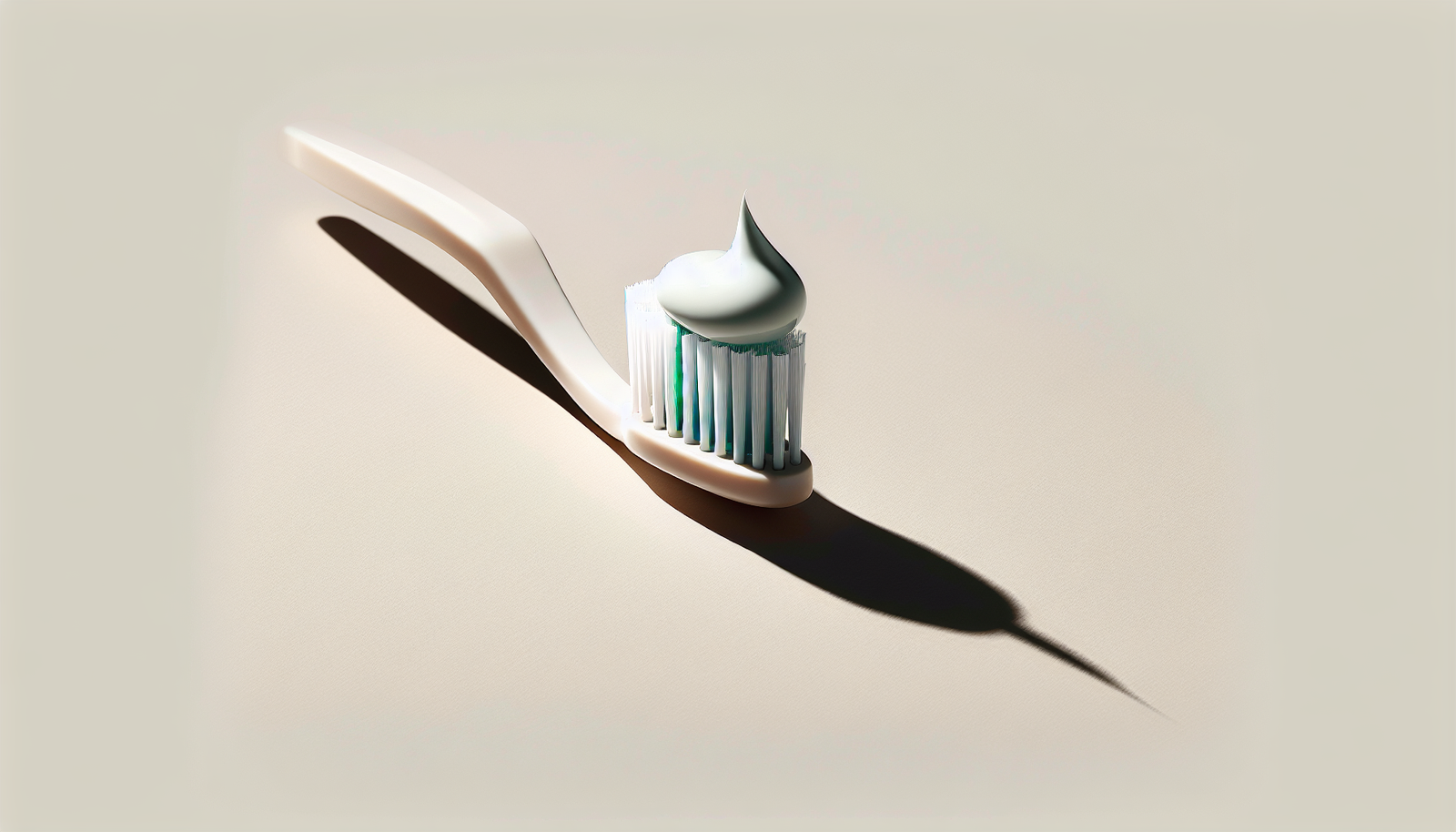Are you looking for a way to improve your health and lose weight without feeling restricted by a strict diet? The 16-8 method of fasting may be just the solution you’ve been searching for.
This popular fasting schedule involves limiting your eating to an eight-hour window each day, followed by a 16-hour fast. With the 16-8 method, you can continue to enjoy the foods you love without feeling guilty or deprived.
Plus, there are potential health benefits to this method, including improved blood sugar control, increased energy levels, and even a reduced risk of chronic diseases.
So, let’s take a closer look at the 16-8 method and how you can implement it into your lifestyle for a healthier, happier you.
What is the 16-8 Method?
Now you’re going to learn about the 16-8 fasting schedule. This method involves eating during an 8-hour window and fasting for the remaining 16 hours.
This is a type of intermittent fasting and time-restricted eating that has gained popularity in recent years. Intermittent fasting benefits include weight loss, improved metabolism, and reduced inflammation.
The 16-8 method is one of the most popular fasting schedules because it’s relatively easy to follow. You can choose any 8-hour window during the day to eat, and then fast for the remaining 16 hours. However, it’s essential to follow healthy eating guidelines during your eating window to maximize the benefits of the fast.
In the next section, we’ll discuss the potential health benefits of the 16-8 method.
Potential Health Benefits of the 16-8 Method
Exploring the potential health perks of the 16-8 approach is like peeling back the layers of an onion, revealing its many benefits.
One of the most notable benefits is weight loss. By restricting your eating window to eight hours a day, you naturally consume fewer calories, leading to weight loss.
Additionally, the 16-8 approach has been shown to improve insulin sensitivity. When your body becomes resistant to insulin, it can’t effectively regulate blood sugar levels, which can lead to type 2 diabetes and other health issues. By fasting for 16 hours, your body has time to burn through stored glucose and improve insulin sensitivity.
But the benefits don’t stop there. The 16-8 approach has also been linked to improved brain function and longevity. Fasting triggers a process called autophagy, which is essentially your body’s way of cleaning out damaged cells and regenerating new ones.
This process has been shown to improve brain function and may even help prevent certain age-related diseases. With all these benefits, it’s no wonder the 16-8 approach has become so popular.
So how can you implement it into your lifestyle? Let’s take a closer look.
How to Implement the 16-8 Method into Your Lifestyle
If you want to incorporate the 16-8 approach into your daily routine, start by setting a specific eating window and visualize yourself enjoying nutritious meals within that timeframe.
Meal planning is essential to ensure that you consume enough nutrients during your eating window. This way, you won’t feel deprived or hungry, which could lead to overeating later on. When it comes to hunger management, you can drink lots of water throughout the day to keep you feeling full or have small snacks during your fasting window to help curb your appetite.
It’s also important to ease yourself into the 16-8 method. Start by fasting for 12 hours and gradually increase your fasting window until you reach 16 hours.
Listen to your body and adjust your fasting window as necessary. Remember, this method isn’t for everyone, so consult with a healthcare professional before starting.
Scientific evidence supporting the 16-8 method is mounting, and the next section will explore the benefits of this popular fasting schedule.
Scientific Evidence Supporting the 16-8 Method
The science behind the 16-8 approach is like a puzzle coming together, revealing the impressive benefits of this time-restricted eating pattern. Intermittent fasting research has shown that the 16-8 method can lead to significant metabolic benefits, including improved insulin sensitivity, reduced inflammation, and increased fat burning. Additionally, studies have shown that this approach can help with weight loss and maintenance, as well as improving overall health markers like blood pressure and cholesterol levels.
Here are some of the scientific findings that support the 16-8 method:
- A study published in the International Journal of Obesity found that participants who followed a time-restricted eating pattern like the 16-8 method experienced greater weight loss and improved metabolic health compared to those who ate throughout the day.
- Research published in the Journal of Translational Medicine found that time-restricted eating can lead to improvements in insulin sensitivity, as well as reductions in inflammation and oxidative stress.
- A study published in the journal Cell Metabolism found that intermittent fasting can lead to increased fat burning and improved metabolic flexibility.
- A review published in the journal Nutrients found that intermittent fasting can lead to improvements in blood pressure, cholesterol levels, and other markers of overall health.
- Research published in the journal Nutritional Neuroscience found that time-restricted eating can lead to improvements in cognitive function and mood.
As you can see, there is a growing body of evidence supporting the benefits of the 16-8 method. However, before you jump in, it’s important to consider if this approach is right for you.
Is the 16-8 Method Right for You?
Deciding whether the 16-8 approach fits your lifestyle and dietary needs is crucial for determining if this time-restricted eating pattern is a good fit for you. While there are many benefits to the 16-8 method, such as improved weight loss, better blood sugar control, and reduced inflammation, there are also some drawbacks to consider. For example, some people may find it difficult to adjust to the restricted eating window or may experience hunger pangs during the fasting period. Additionally, there are alternative fasting schedules to consider, such as the 5:2 method or the alternate day fasting approach, that may be a better fit for some individuals.
To better understand if the 16-8 method is right for you, it may be helpful to compare and contrast it with other fasting schedules. The table below provides an overview of the 16-8 method and two alternative fasting schedules, the 5:2 method and alternate day fasting, to help you make an informed decision.
| Fasting Schedule | Eating Window | Fasting Window | Frequency |
|---|---|---|---|
| 16-8 Method | 8 hours | 16 hours | Daily |
| 5:2 Method | 5 days of normal eating, 2 days of restricted calorie intake (500-600 calories) | 2 days of restricted calorie intake (500-600 calories), 5 days of normal eating | Weekly |
| Alternate Day Fasting | 1 day of normal eating, 1 day of no food or limited calorie intake (500-600 calories) | 1 day of no food or limited calorie intake (500-600 calories), 1 day of normal eating | Every Other Day |
By considering the benefits and drawbacks of the 16-8 method and comparing it to alternative fasting schedules, you can make an informed decision about whether this time-restricted eating pattern is the right fit for you. Remember, it is important to listen to your body and consult with a healthcare professional before starting any new eating pattern or exercise regimen.
Frequently Asked Questions
Can you drink water during the fasting period?
During a fasting period, it’s important to stay hydrated. Many people mistakenly believe that they cannot drink water during this time, but this is a misconception. In fact, drinking water is crucial for maintaining proper bodily functions and preventing dehydration.
Hydration is especially important during a fasting period, as the body may not be receiving the same amount of fluids it usually does through food intake. Drinking water can also help curb hunger pangs and keep you feeling fuller for longer.
So, don’t be afraid to drink water during your fasting period – it’s essential for your health and well-being.
Can you consume any calories during the fasting period?
During the fasting period of intermittent fasting, it’s recommended that you consume zero calories. This is because consuming any calories can disrupt the benefits of fasting, including weight loss.
Intermittent fasting benefits not only weight loss, but also helps improve insulin sensitivity, reduces inflammation, and promotes cellular repair.
So, resist the temptation to consume any calories during your fasting period, and enjoy the freedom of knowing that you’re maximizing the benefits of your intermittent fasting routine.
Is it safe to follow the 16-8 method if you have a medical condition?
Managing medications and consulting with your doctor is crucial before starting any fasting regimen if you have a medical condition.
While the 16-8 method is a popular fasting schedule, it may not be suitable for everyone.
Alternative fasting methods, such as the 5:2 diet or the eat-stop-eat method, may be better suited for those with certain medical conditions.
For example, if you have diabetes, it’s important to monitor your blood sugar levels closely and adjust your medication accordingly during fasting periods.
Always consult with your doctor before starting any new fasting regimen to ensure that it’s safe for you and your health needs.
Remember, while fasting can be a powerful tool for weight loss and overall health, it shouldn’t compromise your well-being.
How long does it take to see results from following the 16-8 method?
If you’re following a fasting schedule like the 16-8 method, you might be wondering how long it will take to see results. Measuring progress can be difficult, as weight loss and other benefits of fasting can vary depending on a number of factors.
However, most people tend to see some changes within the first few weeks of starting a fasting routine. Some common mistakes that can hinder progress include not staying hydrated, overeating during the eating window, and not getting enough sleep.
By sticking to the 16-8 method and avoiding these mistakes, you may start to see improvements in your weight, energy levels, and overall health. Remember, the key is to be patient and consistent in your fasting routine.
Can you exercise during the fasting period?
To maximize the benefits of intermittent fasting, you may be wondering if you can exercise during the fasting period. The answer is yes, but it’s important to pay attention to workout timing and muscle preservation.
It’s recommended to exercise during the eating period to ensure that your body has enough fuel to perform at its best. However, if you prefer to exercise during the fasting period, low-intensity workouts like yoga or walking are ideal.
High-intensity exercises may lead to muscle breakdown, which can be detrimental to your fitness goals. To preserve muscle, it’s important to consume protein-rich meals during the eating period and stay hydrated throughout the day.
As with any exercise routine, it’s important to listen to your body and adjust accordingly.
Conclusion
So, is the 16-8 method right for you? Well, that depends on your individual lifestyle and health goals.
If you’re looking for a simple and convenient way to potentially improve your health and weight management, the 16-8 method could be worth a try. However, it’s important to consult with a healthcare professional before starting any new diet or fasting regimen.
While the scientific evidence supporting the 16-8 method is promising, it’s important to remember that fasting isn’t a one-size-fits-all solution. It’s up to you to determine what works best for your body and lifestyle.
Whether you decide to try the 16-8 method or not, remember that a balanced diet and regular exercise are key components of a healthy lifestyle.




Leave a Reply